There’s an old saying in Washington: when the White House sneezes, Congress catches a cold. Lately, though, both seem intent on giving the economy pneumonia. As the Senate barrels ahead with a budget resolution stuffed with $5.8 trillion in renewed tax cuts and new spending, the rest of us might want to reach for a fiscal umbrella.
The Congressional Budget Office (CBO) has repeatedly warned about the costs of making the 2017 tax cuts permanent. Currently, the U.S. debt-to-GDP ratio is approximately 124%. The CBO estimates that extending the Tax Cuts and Jobs Act (TCJA) without offsets could push the national debt-to-GDP ratio to 214% by 2054. If interest rates rise by even one percentage point—a likely scenario—that figure could exceed 250%. For perspective, U.S. debt-to-GDP ratio reached its highest historical level during and immediately after World War II, peaking at 113% in 1945.
While the Senate is relying on budgetary sleight-of-hand to effectively erase the cost of extending the TCJA on paper, tellingly, lawmakers are also preparing to raise the debt ceiling by $5 trillion—the largest single increase in U.S. history—just to get us through 2026. That alone should tell you where this is headed.
This debt doesn’t just sit on a spreadsheet—it ripples through the broader economy. When the federal government runs a deficit, it borrows by issuing Treasury securities, driving up demand for capital in financial markets. As Uncle Sam becomes a bigger player, it competes with businesses and households for the same pool of savings, pushing interest rates higher—a dynamic known as “crowding out.” According to the CBO, for every dollar added to the deficit, private investment drops by about 33 cents due to higher borrowing costs and tighter access to capital.
Claims that these tax cuts spur growth also fall flat. The CBO’s own analysis shows extending the TCJA’s individual provisions would increase GDP by just 0.1% annually, on average, between 2025 and 2034—mainly from modest gains in labor supply tied to lower marginal tax rates.
A new report from the Congressional Research Service (CRS) closely examines the economic effects of the TCJA and finds little evidence to support claims that the law spurred significant growth. CRS analyzed a range of post-enactment studies—many using difference-in-differences methods to isolate the impact of specific tax changes on investment and output—and concluded the law had minimal impact on both. In short, the TCJA’s $1.5 trillion revenue loss over ten years did not produce economic gains large enough to offset its cost.
Meanwhile, trade policy uncertainty adds another layer of complexity. The administration’s newly announced tariffs have already disrupted markets and raised concerns about inflation and growth. While President Trump recently paused many of these tariffs for 90 days—excluding those targeting China—the situation remains fluid and unpredictable.
The broader economic fallout from these tariffs remains significant. The average effective tariff rate is still elevated by historical standards, driving up consumer prices and slowing GDP growth. A recently announced across-the-board 10 percent tariff increase is still on the books and if the suspended tariffs eventually take effect, American households could see annual costs rise by as much as $3,800, all the while U.S. exports lose ground in global markets. For businesses planning investments, pricing, and supply chains, continued uncertainty over trade policy makes long-term decisions riskier and more costly. Retaliatory actions from trading partners may worsen these effects.
Paying for the Senate’s $5.8 trillion gap will require hard choices—either steep cuts to major programs, significant new revenue from tax reform, or, better yet, scaled back spending increases and tax cuts. Yet lawmakers seem unwilling or unable to confront that reality. We’re left hoping for a miracle—even as we wade into potential trade conflicts with nearly every major economic partner. What could go wrong?
The combination of renewed tax cuts, unchecked spending, runaway debt, and rising trade barriers threatens to destabilize the economy. Crowding-out investment, ballooning interest payments, and rising consumer costs aren’t abstract risks—they’re real consequences that will hit households, businesses, and global markets alike.
As policymakers continue gambling on short-term political wins over long-term fiscal stability, they risk pushing the economy past the tipping point. Without a serious reckoning with these structural problems, the nation may soon find itself not just with pneumonia—but in the ICU.
- Photo by Edgar Soto on Unsplash


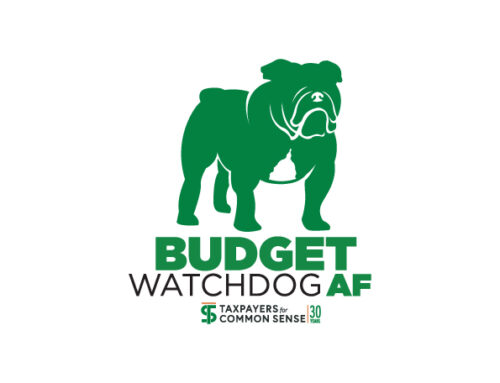

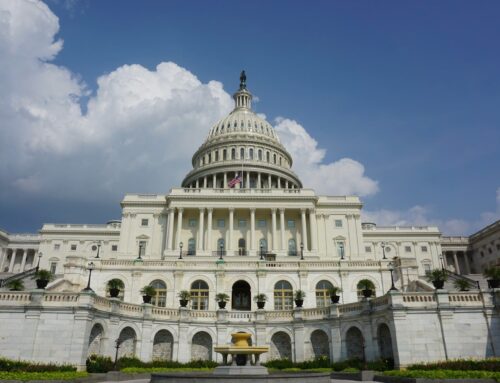
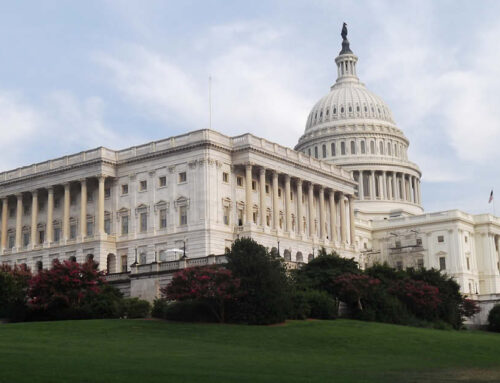
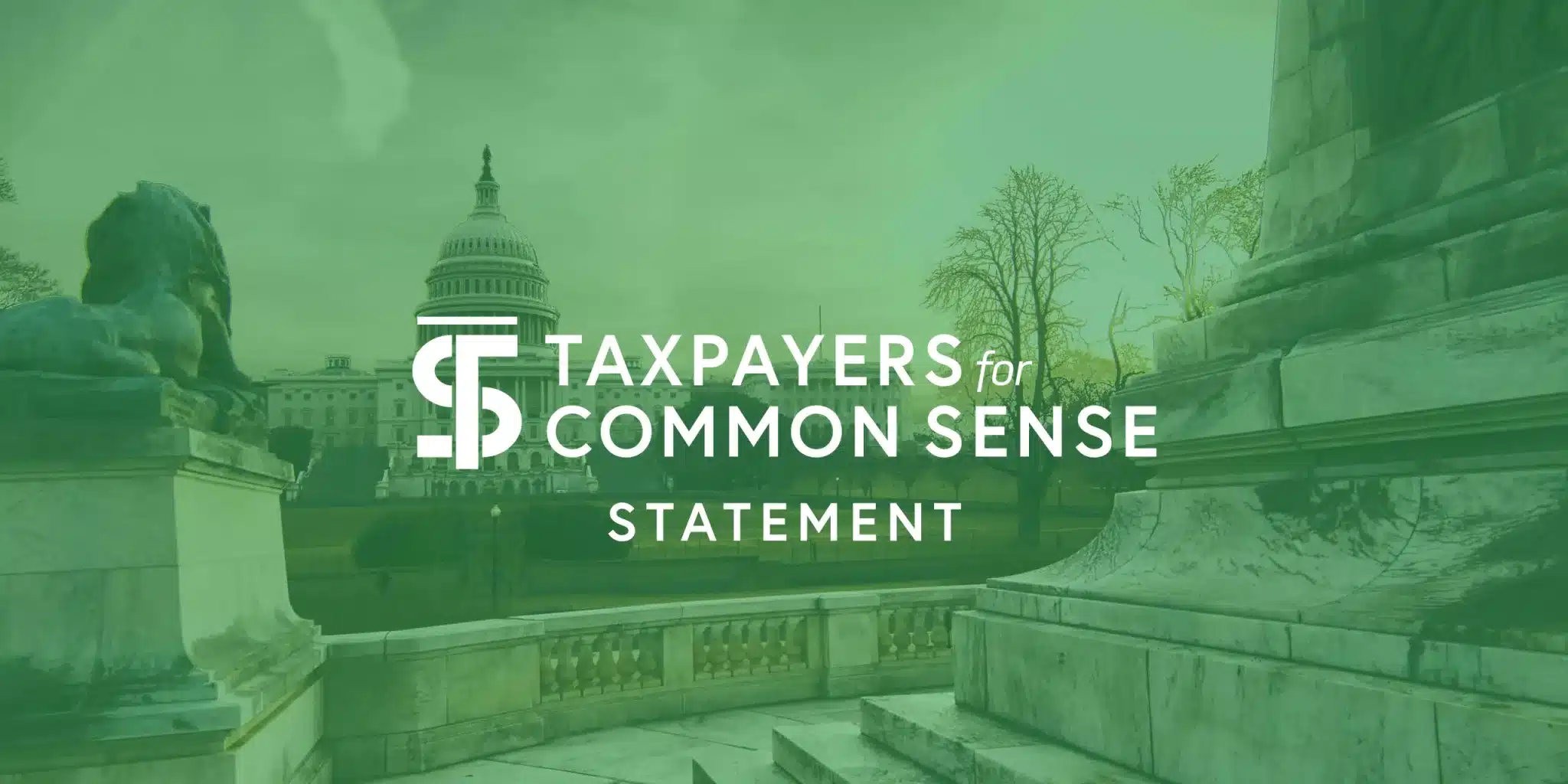

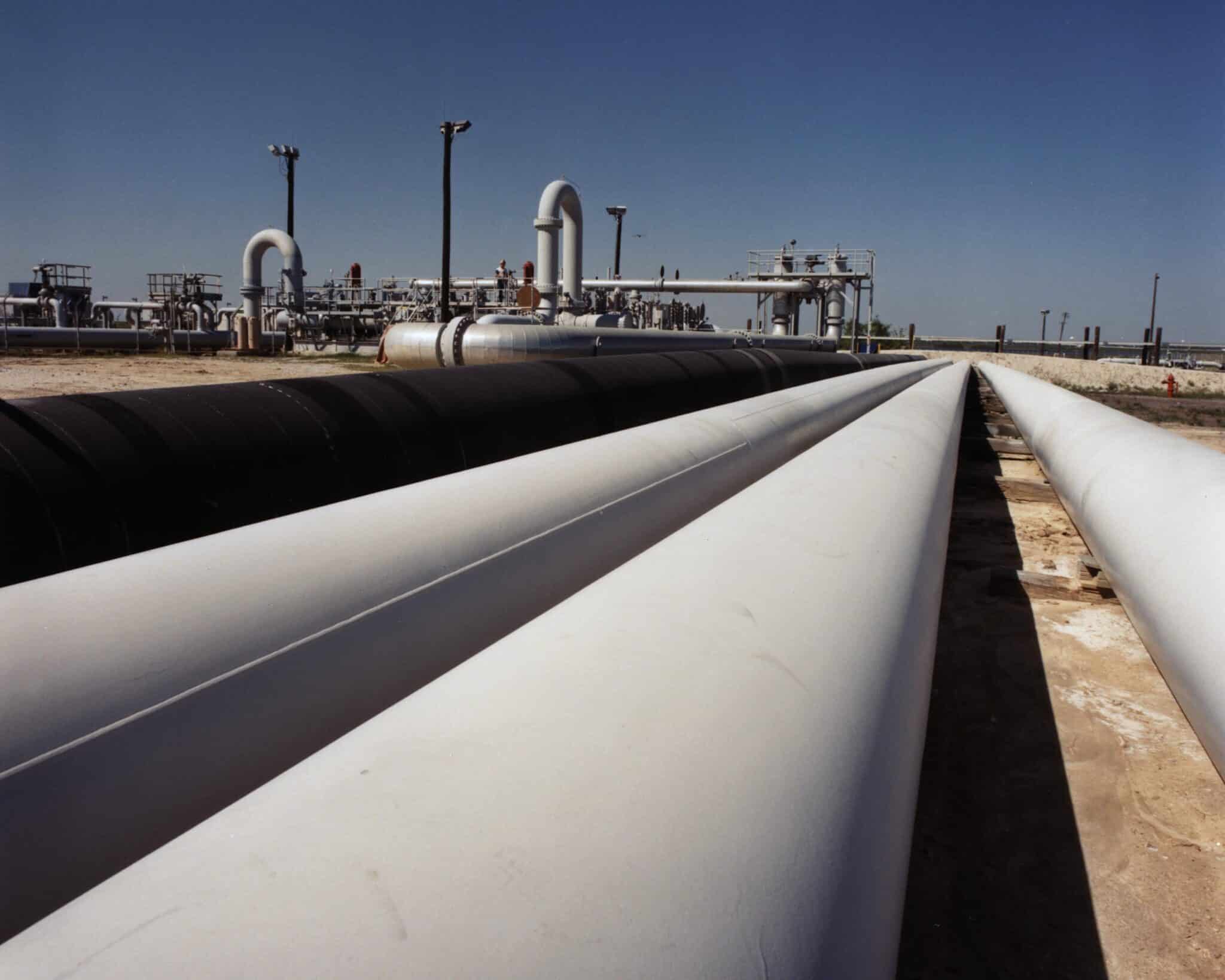
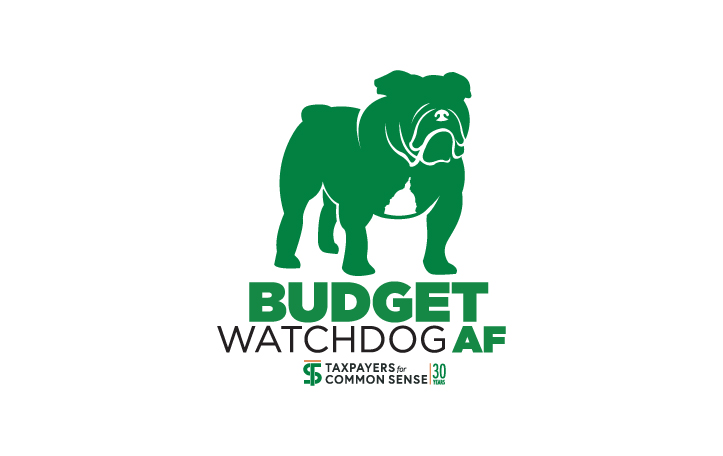
Get Social